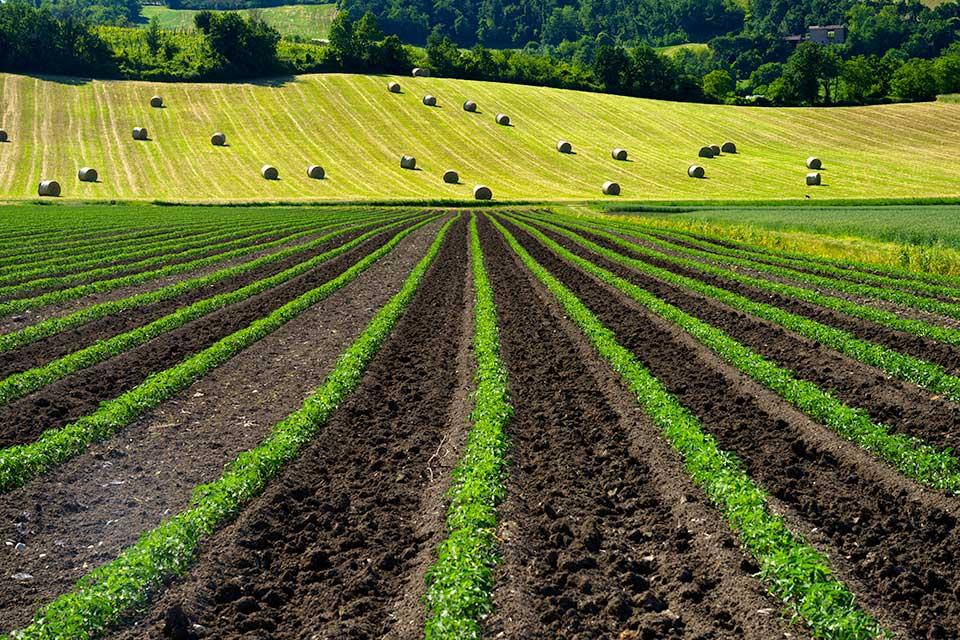Image Processing
"LaneVisionIITR: A Comprehensive High-Resolution Dataset for Lane Detection recorded at IIT Roorkee ", which is a newly built high-resolution dataset for developing Lane detection dataset for advanced driver assistance systems.
This folder consists of three files for each image:
1. The image captured in .jpg format.
2. Annotations (.json) having left and center line coordinates represented as “L” and “C” respectively.
- Categories:
 429 Views
429 Views
Blade damage inspection without stopping the normal operation of wind turbines has significant economic value. This study proposes an AI-based method AQUADA-Seg to segment the images of blades from complex backgrounds by fusing optical and thermal videos taken from normal operating wind turbines. The method follows an encoder-decoder architecture and uses both optical and thermal videos to overcome the challenges associated with field application.
- Categories:
 989 Views
989 Views
This dataset provides RGB and Depth images acquired by Kinect v2 of 10 cerebral palsy patients. For each subject (0001, 0002, ecc) there are 12 folders:
- 5 folders containing 5 left full gait cycles (L_01, L_02, ecc)
- 5 folders containing 5 right full gait cycles (R_01, R_02. ecc)
- 1 folder containing one static lateral view (left side) of the subject while standing upright (L_s)
- 1 folder containing one static lateral view (right side) of the subject while standing upright (R_s)
In each folder (dynamic and static) there are two subfolders:
- Categories:
 178 Views
178 ViewsThe dataset was generated through the execution of a Python script designed to collect a comprehensive set of data samples from six different sensors for each specific gesture. Upon launching the script, users are prompted to initiate gesture 0, Once ready, users can commence recording, with the program automatically capturing 1000 samples for that particular gesture. Subsequently, the program prompts users to perform gesture 1, and this process repeats until data for all gestures is collected.
- Categories:
 192 Views
192 ViewsThis dataset collects samples of different kinds of defective and normal chenille yarn images for the same batch of chenille yarn made of polyester material, aiming to facilitate the task of recognizing and classifying chenille yarn defects in computer vision and machine learning algorithms. This dataset consists of a total of 2500 images of 5 major chenille yarn defects and 2500 normal chenille yarn images, totaling 5000 images. It is captured by an industrial camera in the state of chenille yarn movement.
- Categories:
 1545 Views
1545 Views
We generated an IV fluid-specific dataset to maximize the accuracy of the measurement. We developed our system as a smartphone application, utilizing the internal camera for the nurses or patients. Thus, users should be able to capture the surface of the fluid in the container by adjusting the smartphone's position or angle to reveal the front view of the container. Thus, we collected the front view of the IV fluid containers when generating the training dataset.
- Categories:
 7 Views
7 Views
Lettuce Farm SLAM Dataset (LFSD) is a VSLAM dataset based on RGB and depth images captured by VegeBot robot in a lettuce farm. The dataset consists of RGB and depth images, IMU, and RTK-GPS sensor data. Detection and tracking of lettuce plants on images are annotated with the standard Multiple Object Tracking (MOT) format. It aims to accelerate the development of algorithms for localization and mapping in the agricultural field, and crop detection and tracking.
- Categories:
 528 Views
528 ViewsThe demand for artificial intelligence (AI) in healthcare is rapidly increasing. However, significant challenges arise from data scarcity and privacy concerns, particularly in medical imaging. While existing generative models have achieved success in image synthesis and image-to-image translation tasks, there remains a gap in the generation of 3D semantic medical images. To address this gap, we introduce Med-DDPM, a diffusion model specifically designed for semantic 3D medical image synthesis, effectively tackling data scarcity and privacy issues.
- Categories:
 2587 Views
2587 Views




